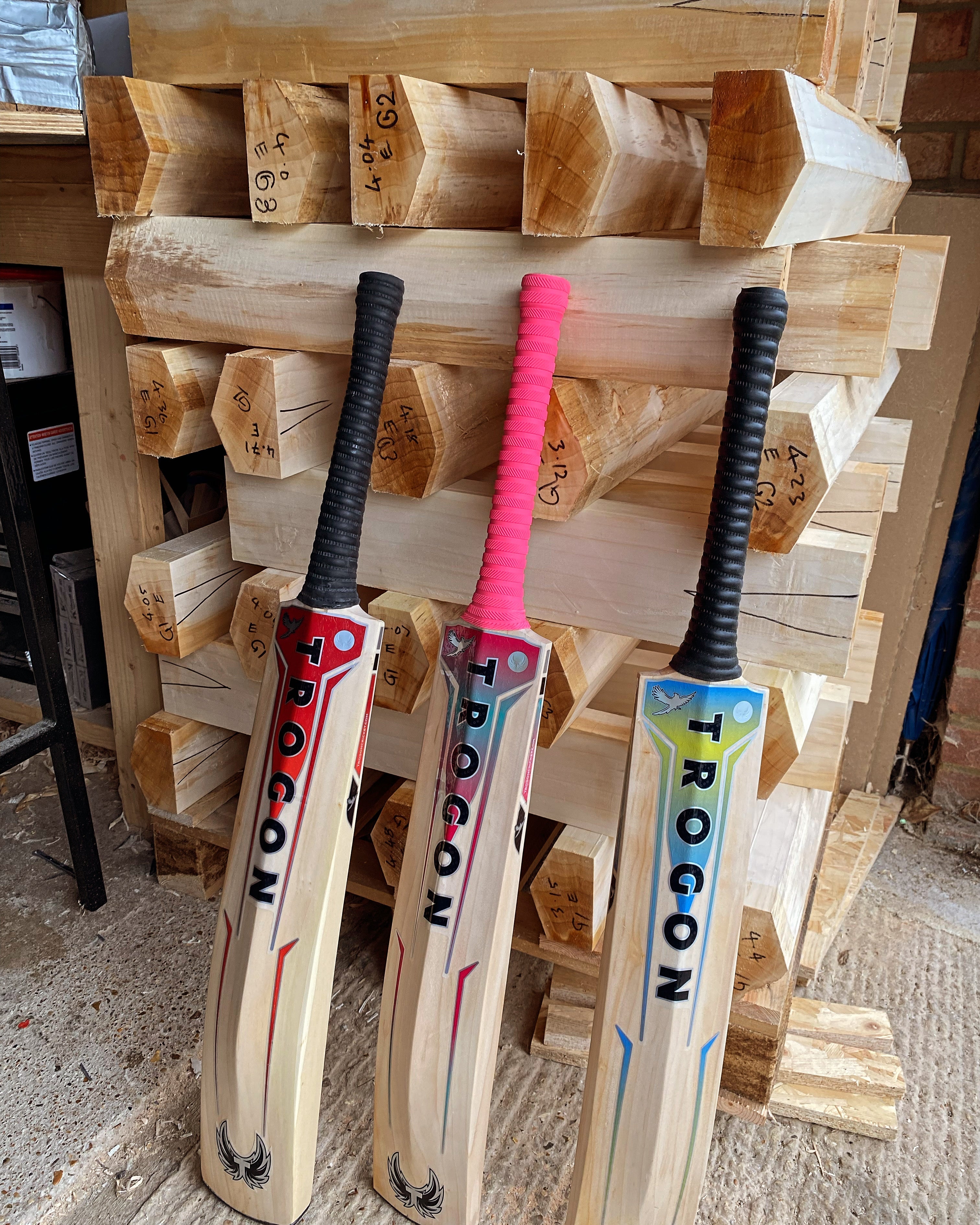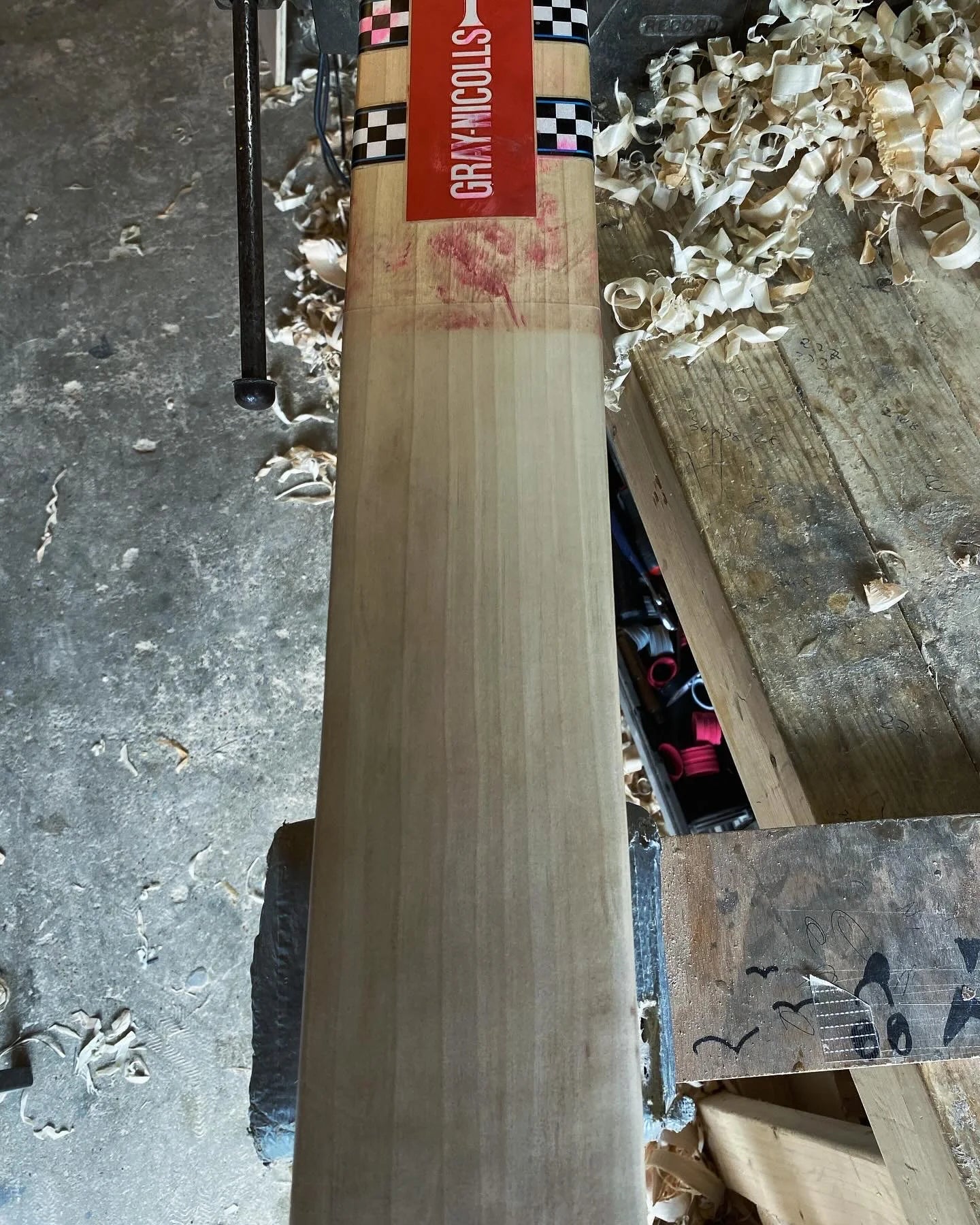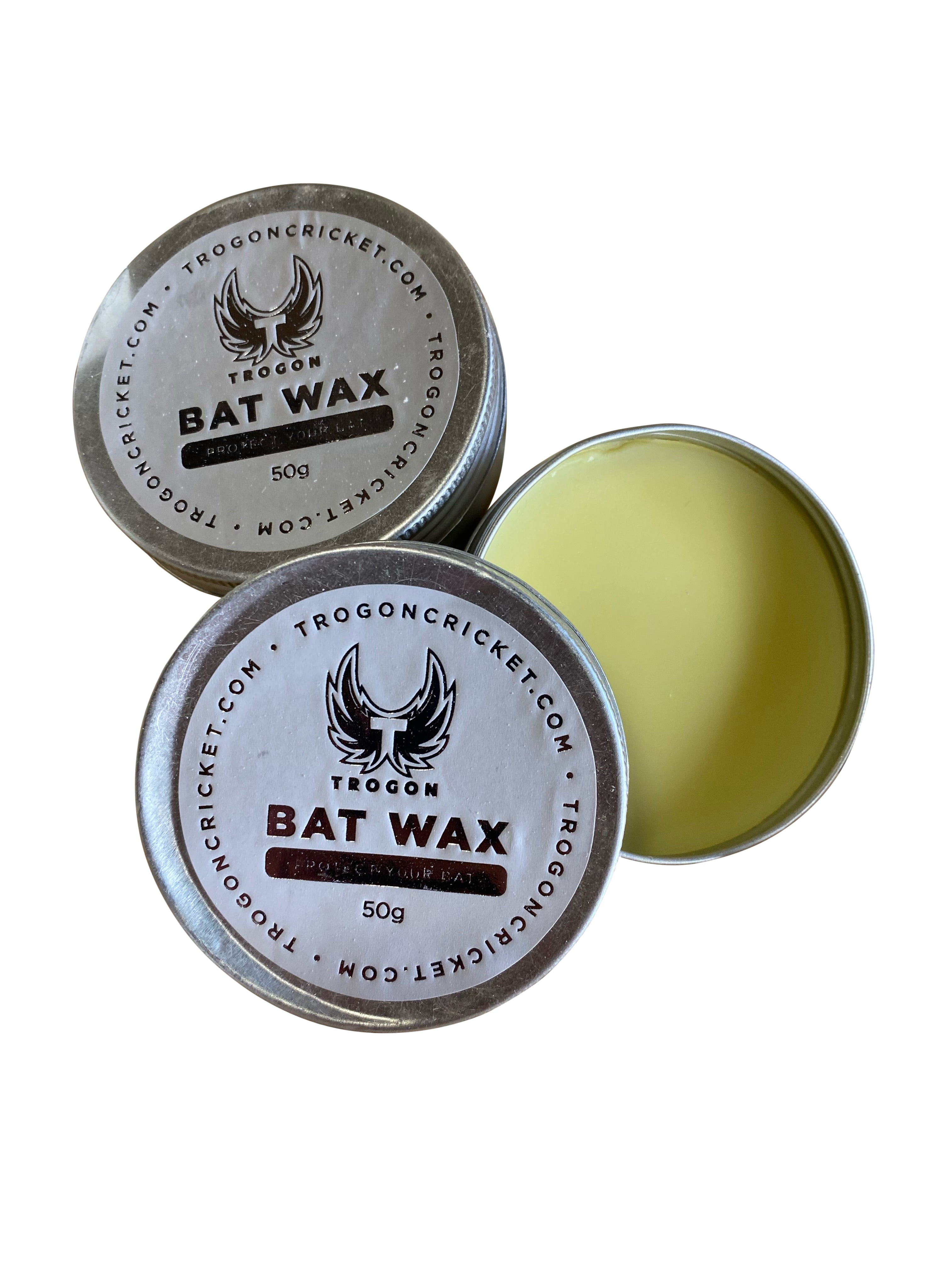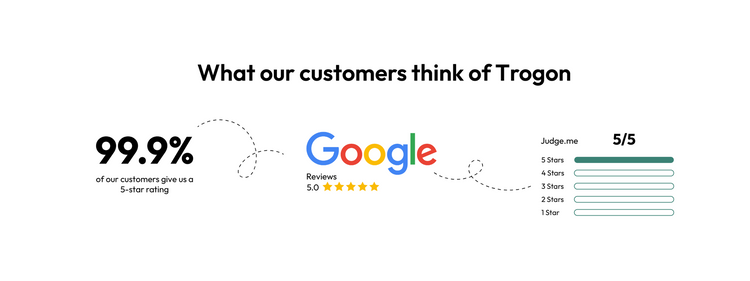When it comes to selecting the perfect cricket bat, most batters must make a tricky decision between lightweight and heavy bats.
The demands of the modern game have significantly influenced this choice, as players seek equipment that enhances power and performance immediately, almost straight off the shelf.
However, a critical aspect that gets overlooked in this discussion is the concept of cricket bat pick-ups, which is the most important thing when buying a new bat, established players in the most part know this, but some juniors and younger players don’t.
So, what is a cricket bat pick-up?
The pick-up of a cricket bat reflects how its weight feels in motion, offering a better measure of comfort and control than its actual weight. It influences swing speed, shot precision, and fatigue levels, making it crucial for matching a bat to a player’s style and physical capability
It’s essential to understand that the perceived weight of the bat, influenced by its pick-up, is a more significant factor than the actual weight, you can have a heavy bat around 2lb 11oz but it picks up around 2lb 8oz, perfect!
This blog post delves into the nuances of lightweight and heavy cricket bats, their advantages and disadvantages, and why every batter should look for a pick-up.
So, let’s jump in and get all the details.
Choosing the Right Cricket Bat
Choosing the right cricket bat is a crucial decision for any cricketer, regardless of their level of experience.
With so many options and brands available, selecting the perfect bat that suits your playing style and preferences can be overwhelming.
Here are some key factors to consider when choosing the right cricket bat:
-
Bat Weight: The weight of the bat is a fundamental factor. A heavier bat can provide more power, making it easier to hit boundaries. However, it may be difficult to handle for younger or less experienced players. On the other hand, a lighter bat offers more control and agility, allowing for quicker reactions and better shot selection. Finding the right balance is key to enhancing your performance.
-
Bat Shape: Different bat shapes and profiles can significantly affect the pick-up and performance of the bat. For instance, a bat with a lower sweet spot is ideal for players who prefer to play on the front foot, as it allows for better control and power in those shots. Understanding the various bat shapes can help you choose one that complements your playing style.
-
English Willow: Another critical factor is the quality of the willow used to make the bat. Bats made from high-quality English willow are known for their durability and responsiveness. Investing in a premium English willow bat can enhance your performance and ensure the bat lasts longer if it's knocked in properly, I might add.
-
Handle: The bat's handle should be comfortable to grip and provide a secure feel. There are three handle shapes: oval, semi-oval and round. Each handle shape and size is designed to fit specific hand sizes, which can offer better control and comfort, and each is subjective. To maximize your performance, choosing a handle that suits your grip style and hand size is essential.
-
Brand: Purchasing a bat from a reputable manufacturer ensures quality products and a good warranty. Established brands are known for their craftsmanship and attention to detail, providing bats that meet high performance and durability standards.
Considering these factors, you can make an informed decision and choose a cricket bat that enhances your game and suits your playing style.
Advantages of a Lightweight Cricket Bat
Here are some of the advantages of using a lightweight cricket bat:
-
Enhanced Maneuverability: Allows for quick adjustments in technique and better handling, making it easier for players to react to different types of deliveries if the ball keeps low or flys off a length.
-
Improved Shot Selection: The lighter feel provides greater control, enabling batters to choose their shots more wisely and execute them precisely.
-
Facilitates Development of New Shots: With easier handling, batters can experiment and develop innovative shots to expand their batting repertoire, think of the ramp or reverse ramp, not possible if your bat is to heavy.
-
Prevents Long-term Injury: The reduced strain on muscles and joints from wielding a lighter bat helps minimise the risk of injuries related to overuse, ensuring a longer playing career, which is very important for kids!
-
Supports Aggressive Batting: Enables quick wrist work and faster swing speed, allowing batters to play aggressively and take on the bowlers confidently, ideal for the shorter formats.
Many players favour lightweight cricket bats, including their role in developing technique, enhancing shot selection, and fostering the innovation of new shots.
This adaptability is crucial for perfecting shot execution and exploring a wider range of shots, especially in the nets. On that note, have you considered a replica bat? I have written extensively about this, and it's certainly worth a read, especially if you train regularly.
One of the standout benefits of using a lighter bat is the potential for preventing long-term injury, which is even more prevalent when buying a cricket bat for kids.
Kids with a too heavy bat will cause problems not only in learning the techniques of batting, but also with injuries caused by using a heavy bat, both in the long run cause problems.
I have written a blog post about cricket bat sizes and weights, which you can read before buying a bat.
Lightweight cricket bats support batting aggressively without compromising speed or timing, enabling players to execute quick singles and surprise the fielding team with unexpected shots.
However, it's worth noting that lightweight bats may offer less power in strokes unless the bat still has a full profile, meaning there is still a huge amount of wood on the bat.
Advantages of Heavy Cricket Bats
Below are five key advantages of a heavy cricket bat, and below we go into additional details about each.
-
More Power: The additional mass behind the bat enables players to generate more power in their shots.
-
Bigger/Broader Edges: Provides a more prominent sweet spot, increasing the chances of connecting the ball effectively, even on off-centre hits. (Although it is worth noting most bat makers are not massive fans of huge edges, myself included)
-
Increased Momentum helps transfer more energy to the ball upon impact and drives shots through the infield.
-
Suitability for Short Formats: Ideal for aggressive batting in shorter formats where quick scoring is essential, leveraging the power advantage for rapid run accumulation.
Heavy cricket bats come with advantages, primarily centred around more power and bigger/broader edges.
The additional mass can contribute significantly to the bat's momentum, allowing players to hit the ball farther with the same effort.
This characteristic is particularly advantageous in shorter game formats, where quick runs are essential and swinging hard is paramount.
The bigger edges of heavy cricket bats also offer a larger sweet spot, potentially making it easier to connect with the ball effectively. Although our opinion on bigger edges is that they don't make a huge amount of difference, we make them with bigger edges based on customer requirements.
However, the downsides of heavy cricket bats cannot be ignored. The increased weight can make players prone to injury, especially in the wrists and shoulders, due to the added strain of swinging the bat.
Moreover, the heft of a heavier bat can limit the number of shots a player can comfortably execute, potentially affecting their versatility at the crease.
Customisation Options
Many cricket bat manufacturers offer customisation options to help players create their perfect bat.
Here are some standard customisation options to consider:
-
Bat Weight: Manufacturers often offer bats in different weights, ranging from light to heavy. Selecting the correct bat weight depends on your playing style and preferences. A lighter bat can provide more control and agility, while a heavier bat can offer more power.
-
Bat Shape: Different bat shapes and profiles can affect the pick-up and performance of the bat. Some manufacturers offer bats with various shapes, allowing you to choose one that suits your playing style. For example, a bat with a lower sweet spot is ideal for front-foot play, while other shapes may cater to different shot preferences.
-
Handle: Customisation options for handles designed to fit specific hand sizes. Choosing a handle that matches your hand size and grip style can enhance your comfort and control, making it easier to play your shots effectively.
-
English Willow: Manufacturers offer different grades of English willow, which can impact the performance and durability of the bat. Higher grades of willow are typically more responsive and less durable, but they will come at a higher price. Consider your budget and playing style when selecting a grade of willow.
-
Free Bat Cover: Some manufacturers provide a free bat cover with the purchase of a bat. A quality bat cover can protect your bat from damage and extend its lifespan. When selecting a bat, consider the quality and durability of the cover offered.
By exploring these customisation options, you can tailor your cricket bat to your specific needs and preferences, ensuring you have the perfect tool to enhance your game.
The Paramount Importance of Cricket Bat Pick-Ups
Despite the differences between lightweight and heavy cricket bats, the crucial element to consider is the pick-up.
A bat that feels light and well-balanced in your hands can significantly enhance your performance, irrespective of it's actual weight.
This subjective feeling of lightness allows for better control, timing, and a more successful batting experience.
I always say to visitors to my workshop the utopia cricket bat is a bat that weighs 2lb 12oz on the scales but picks up around 2lb 8/9oz - it's the perfect combination.
Selecting a bat that complements your style and physical capabilities is essential, as what feels lightweight to one player may feel burdensome to another, and this is where subjective pick-up comes in.
Conclusion: The Trogon Cricket Difference
In the quest for the perfect cricket bat, the choice between lightweight and heavy cricket bats boils down to personal preference and the importance of cricket bat pick-ups.
At Trogon Cricket, we understand the unique needs of every batter. Our hand-made cricket bats cater to all shapes and are available in any weight; with full customisation, they can be fully customized to meet each.
Whether you're seeking a lightweight bat for agility or a heavy bat for power, our selection of Grade 1, Grade 2, and 3 clefts English willow ensures you find the perfect match.
With a price point to meet all budget requirements, Trogon Cricket is dedicated to enhancing your batting game by providing quality, customized equipment tailored to your needs.
Buying With Confidence from Trogon
If you’ve made it this far, I’m truly grateful for your time and interest. At Trogon, we’re passionate about providing cricket enthusiasts with exceptional handmade English willow bats, high-quality cricket gear, and stylish cricket-inspired clothing.
Whether you’re exploring our unique range of products, looking for expert bat servicing, or simply sharing our love for the game, your support fuels our journey to make cricket even more special.
Thank you for being part of the Trogon family—together, we’re shaping a legacy for cricket lovers everywhere!

Trogon Product Guarantee
At Trogon Cricket, we stand behind every bat we make. That’s why all our cricket bats come with a 6-month guarantee. If your bat breaks during this period, we’ll replace it with a like-for-like model—no hassle, no stress.
We know how important it is to invest in the right bat, and our guarantee is our way of ensuring your peace of mind. All we ask is that the bat has been properly knocked in, so it’s ready for the rigours of the game.
This commitment goes above and beyond your statutory rights, offering you unmatched confidence in your purchase.
Ready to experience the Trogon difference? Let us help you find your perfect bat today—whether you're browsing our collection or have questions, we’re here to assist! Contact Us Today
Here at Trogon we have a wide collection of Adult and Junior English Willow cricket bats. Click on the links below to see our beautiful bats.






























